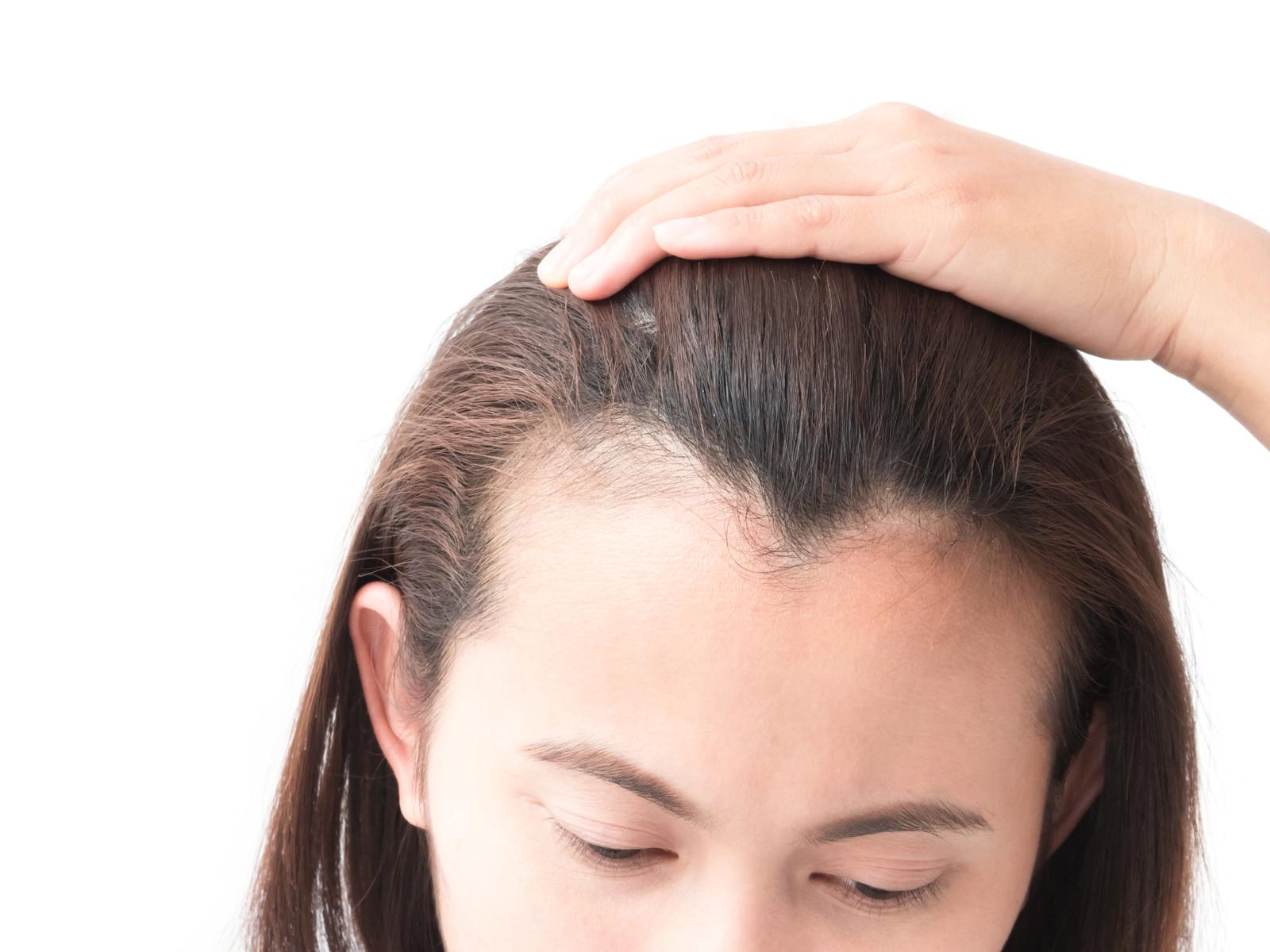A receding hairline is a common concern for both men and women, often associated with aging or genetics. It can have a significant impact on one’s self-esteem and overall appearance. However, understanding the causes and available treatments can help individuals address this issue effectively. The factors contributing to a receding hairline and the treatment options available to combat it are discussed below.
One of the primary causes of a receding hairline is genetics. If your family has a history of hair loss, there is a higher likelihood that you may experience a receding hairline at some point in your life. This genetic predisposition can affect both men and women, with male pattern baldness being the most well-known genetic cause.
Hormonal imbalances can also contribute to hair loss and a receding hairline. For men, the hormone dihydrotestosterone (DHT) plays a crucial role in male pattern baldness. Excessive levels of DHT can shrink hair follicles, making it difficult for them to produce healthy hair. Women may experience hormonal changes during pregnancy, menopause, or while using birth control pills, leading to hair loss or a receding hairline.
As we age, our hair naturally goes through a growth cycle that includes periods of shedding. This process can lead to a gradual thinning of the hairline, which is often referred to as age-related hair loss. Age-related hair loss can affect both men and women but is more commonly associated with men.
Following a diet lacking essential nutrients can weaken hair follicles and increase hair loss. Nutrients like biotin, vitamins A and D, iron, and protein are inevitable for healthy hair growth. A protein-rich, balanced diet can help maintain a healthy hairline.
High stress levels can lead to a condition called telogen effluvium, where a significant number of hair follicles enter the resting phase prematurely. This can result in hair thinning and a receding hairline. Managing stress through relaxation techniques and lifestyle changes can help mitigate this cause of hair loss.
Excessive hairstyling practices, such as tight ponytails, braids, or the use of harsh chemicals and heat, can damage hair follicles and be a primary cause of hair loss. Being gentle with your hair and avoiding excessive styling can help prevent further damage.

There are several OTC treatments available for addressing a receding hairline. Two of the most popular options are minoxidil and finasteride.
In addition to finasteride, there are other prescription medications that may be recommended by a healthcare professional to treat a receding hairline. These include dutasteride and spironolactone, which also target DHT levels. It’s important to consult a dermatologist before starting any prescription medication, as they can help determine the most suitable treatment based on individual factors.
PRP therapy is a treatment that is non-surgical which involves drawing a small amount of a patient’s blood, processing it to extract the platelets, and then injecting the platelet-rich plasma into the scalp. This treatment is believed to stimulate hair follicles and promote hair growth. While more research is needed to confirm its effectiveness fully, some individuals have reported positive results.
For those seeking a more permanent solution, hair transplant surgery may be an option. During this procedure, hair follicles are harvested from a donor area (usually the back of the head) and transplanted to the receding hairline or balding areas. Hair transplants can provide natural-looking results, but they are more invasive and expensive than other treatments.
LLLT is the treatment in which low-level lasers or light-emitting diodes (LEDs) are used to stimulate hair follicles and promote hair growth. This non-invasive treatment can be administered through handheld devices or in clinical settings. While LLLT has shown promise in some studies, its effectiveness may vary from person to person.
Making healthy lifestyle choices can also play a crucial role in managing and preventing further hair loss. This includes maintaining and managing stress, a balanced diet, avoiding harsh hairstyling practices, and protecting your hair from excessive heat and UV radiation.
In conclusion, understanding the causes and available treatments for a receding hairline is essential for anyone experiencing this common concern. Yuvani Clinic is dedicated to providing comprehensive solutions to help individuals regain their confidence and achieve healthier, fuller hair. Whether the cause is genetic, hormonal, or related to lifestyle factors, Yuvani Clinic offers a range of effective treatments tailored to your specific needs.
Don’t let a receding hairline hold you back any longer. With the expertise and cutting-edge solutions offered by Yuvani Clinic, you can take proactive steps to address this issue and enjoy the benefits of a rejuvenated appearance. Remember, early intervention and a personalized approach are key to achieving the best results. Contact Yuvani Clinic today to embark on your journey towards hair restoration and renewed self-confidence.
Developed & Design by Spoiledideas
Leave a Reply